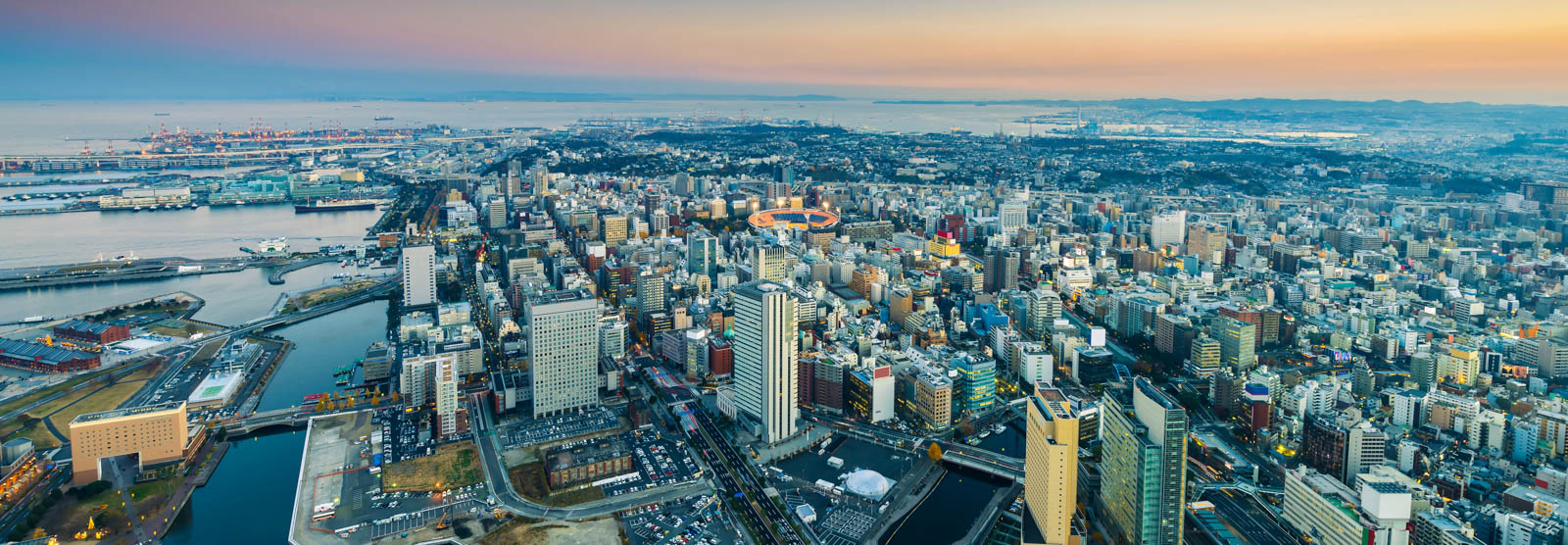What Are The Common Mistakes To Avoid In Drone Photography?
Drone photography has become increasingly popular in recent years, allowing photographers to capture stunning aerial shots that were once only possible with expensive equipment or aircraft. However, like any form of photography, there are common mistakes that beginners often make when using drones. By being aware of these mistakes and taking steps to avoid them, you can improve your drone photography skills and capture breathtaking images from above.
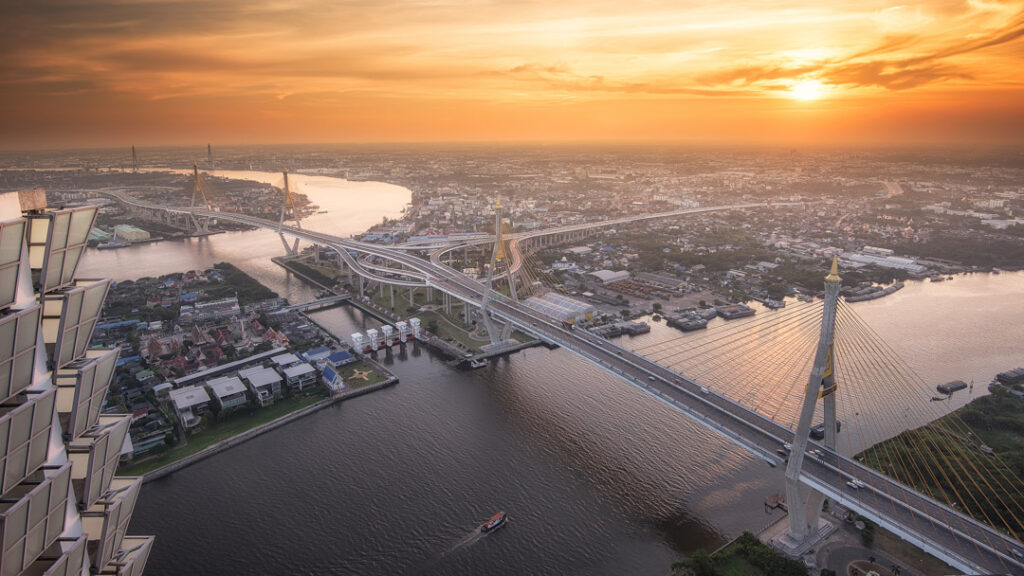
This image is property of www.coldeaproductions.com.
Flying Your Drone Without Proper Training or Practice
One of the most common mistakes that beginner drone photographers make is flying their drone without proper training or practice. Drones can be difficult to control, especially in different weather conditions or when flying at high altitudes. Before you take your drone out for a photo shoot, make sure you have spent enough time practicing and familiarizing yourself with how it operates.
Forgetting to Check Local Regulations and Laws
Another mistake that many drone photographers make is forgetting to check local regulations and laws regarding drones. Different countries and regions have specific rules and restrictions when it comes to flying drones, such as no-fly zones, altitude limits, and registration requirements. Before you start flying your drone, make sure to research and understand the regulations in your area to avoid getting into trouble.
Ignoring Weather Conditions
Weather conditions can have a significant impact on the quality of your drone photography. Ignoring weather conditions such as wind, rain, or snow can result in blurry or shaky images that are not suitable for sharing or printing. Always check the weather forecast before flying your drone and avoid flying in adverse conditions that could potentially damage your equipment.
Failing to Calibrate Your Drone
Calibrating your drone is essential before each flight to ensure that it is functioning properly and flying straight. Failing to calibrate your drone can result in inaccurate GPS signals, poor stability, and unpredictable flight patterns. Take the time to calibrate your drone before every flight to avoid crashes and ensure smooth operation.
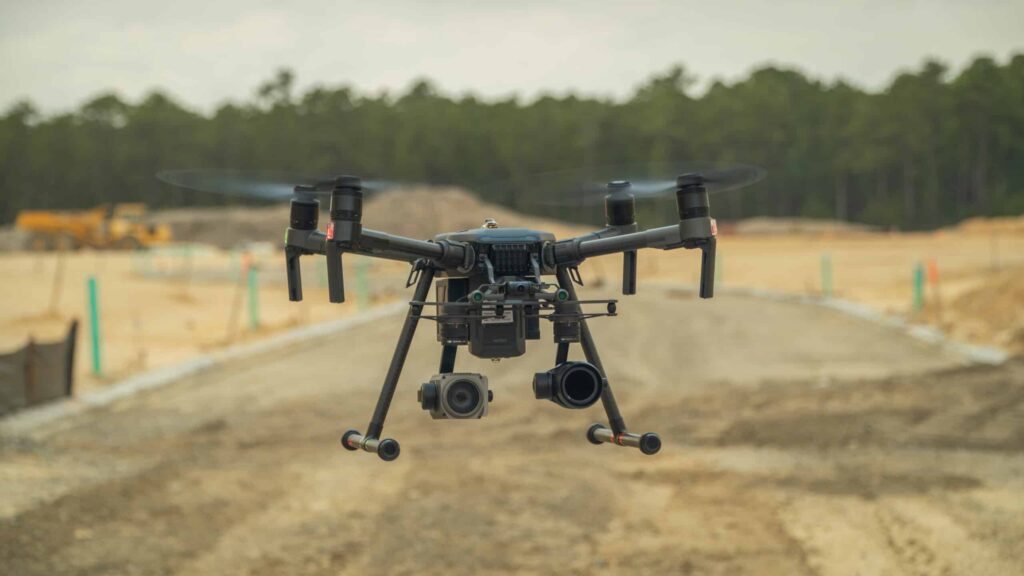
This image is property of i0.wp.com.
Flying Too Close to Objects
When flying your drone, it can be tempting to get close to objects or structures to capture detailed shots. However, flying too close to objects can increase the risk of collisions and crashes, especially if you are not experienced with maneuvering your drone. Always maintain a safe distance from objects when flying your drone to avoid accidents and damage to your equipment.
Not Monitoring Your Battery Level
Another common mistake that drone photographers make is not monitoring their battery level during flight. Drones have limited battery life, and failing to keep track of your battery level can result in your drone running out of power mid-flight and crashing. Always keep an eye on your battery level and plan your flights accordingly to ensure that you have enough power to safely return your drone to the ground.
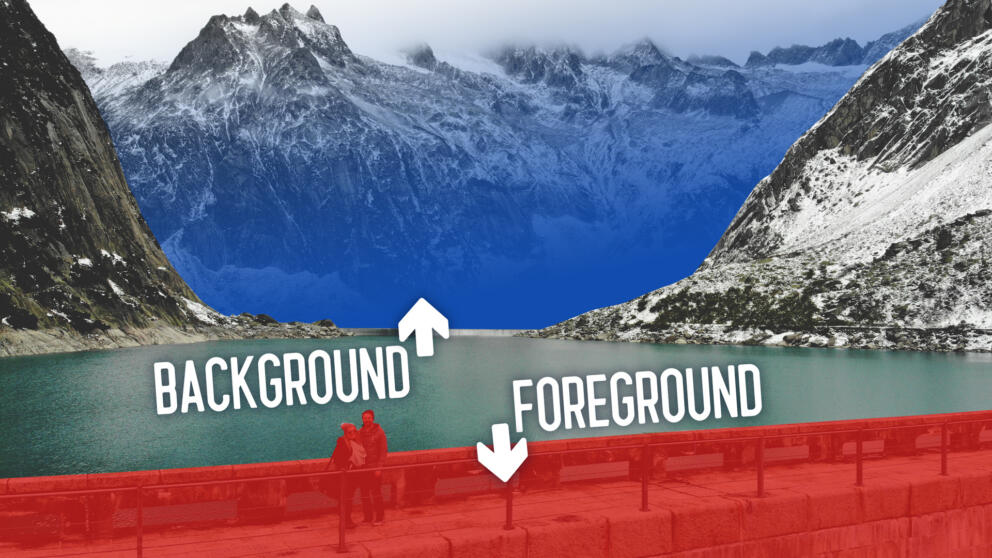
This image is property of s3.us-east-1.amazonaws.com.
Overlooking Composition and Framing
Composition and framing are essential elements of photography, including drone photography. Overlooking composition and framing can result in dull or uninteresting images that fail to capture the viewer’s attention. Pay attention to the composition of your shots, such as leading lines, rule of thirds, and balance, to create visually appealing and captivating drone photographs.
Not Considering Lighting Conditions
Lighting plays a crucial role in photography, and drone photography is no exception. Not considering lighting conditions when flying your drone can result in overexposed or underexposed images that lack detail and depth. Pay attention to the direction and quality of light when taking drone photos, and adjust your settings accordingly to achieve the desired results.
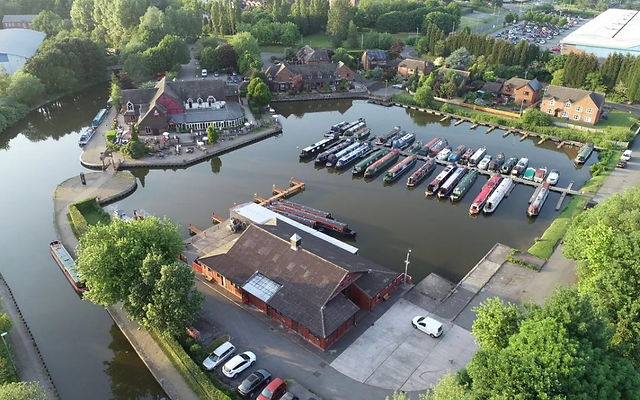
This image is property of static.wixstatic.com.
neglecting Post-Processing
Post-processing is a vital step in enhancing the quality of your drone photos and bringing out the details and colors of your images. Neglecting post-processing can result in dull, flat images that do not do justice to the stunning landscapes or scenes you have captured. Take the time to edit your drone photos using software such as Adobe Lightroom or Photoshop to enhance colors, contrast, and sharpness.
Forgetting to Backup Your Files
Finally, another common mistake that drone photographers make is forgetting to backup their files. Drones can malfunction or crash unexpectedly, resulting in the loss of all the photos and videos you have captured during a flight. Always remember to backup your files regularly to a secure location, such as an external hard drive or cloud storage, to avoid losing your precious memories in case of an accident.
By being aware of these common mistakes and taking steps to avoid them, you can improve your drone photography skills and capture stunning aerial shots that will impress your audience. Remember to practice flying your drone, check local regulations, monitor weather conditions, and pay attention to composition and framing to take your drone photography to the next level.
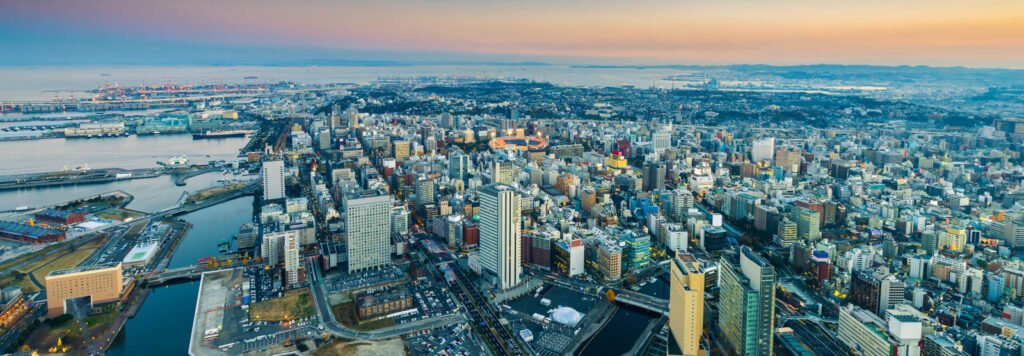
This image is property of www.coldeaproductions.com.

